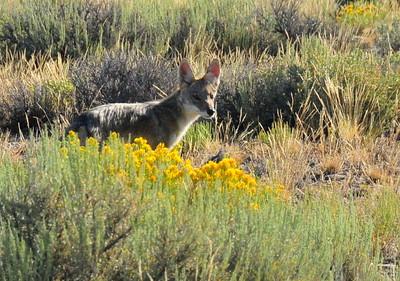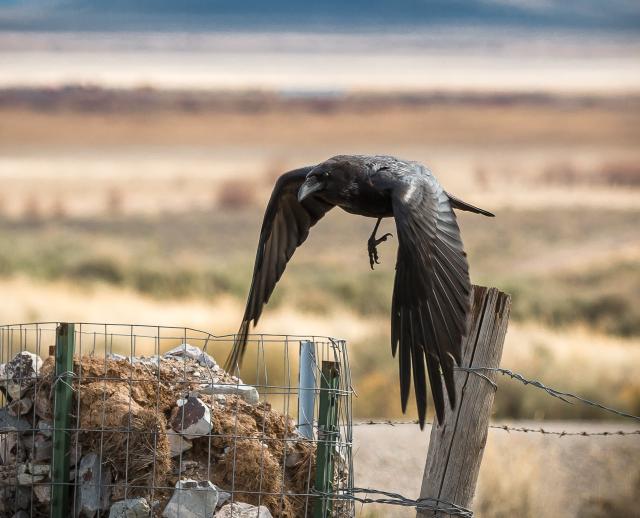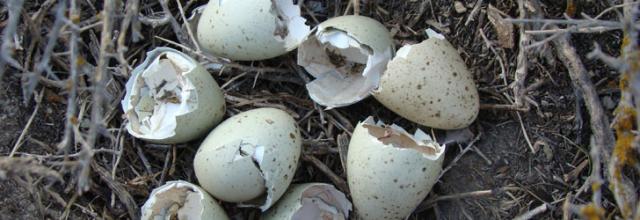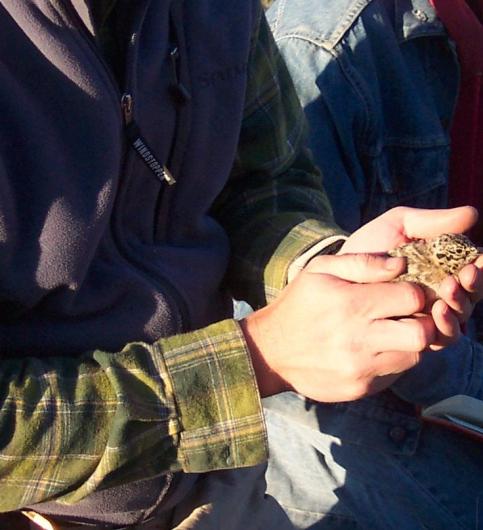Topic
Blog Topic:
Related Stories
- Easing trauma with public lands and resources
- PODCAST: BLM invests in Youth programs and projects nationwide using Inflation Reduction Act funds
- Using and sustaining sagebrush lands
- Objectives, measures & monitoring
- PODCAST: Cleaning up abandoned mine lands yields wildlife benefits in southwest New Mexico




